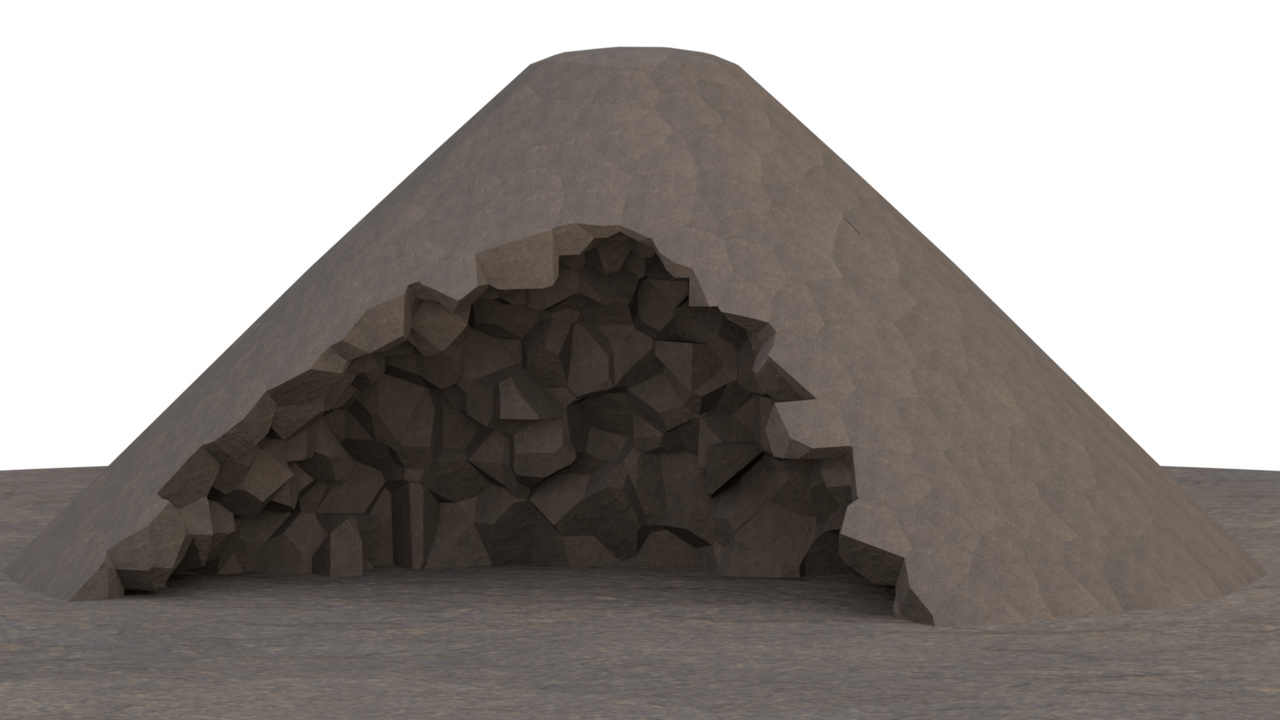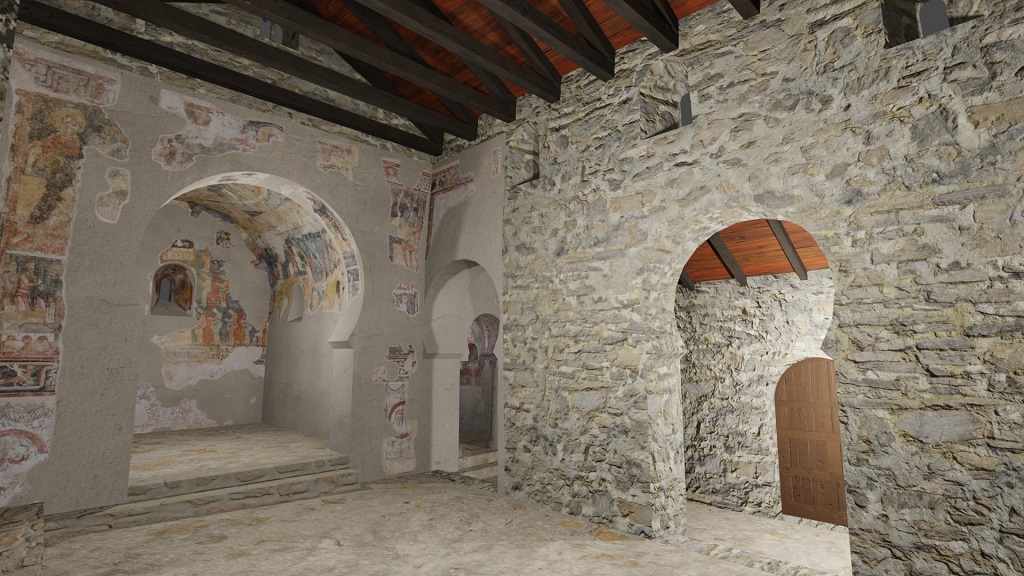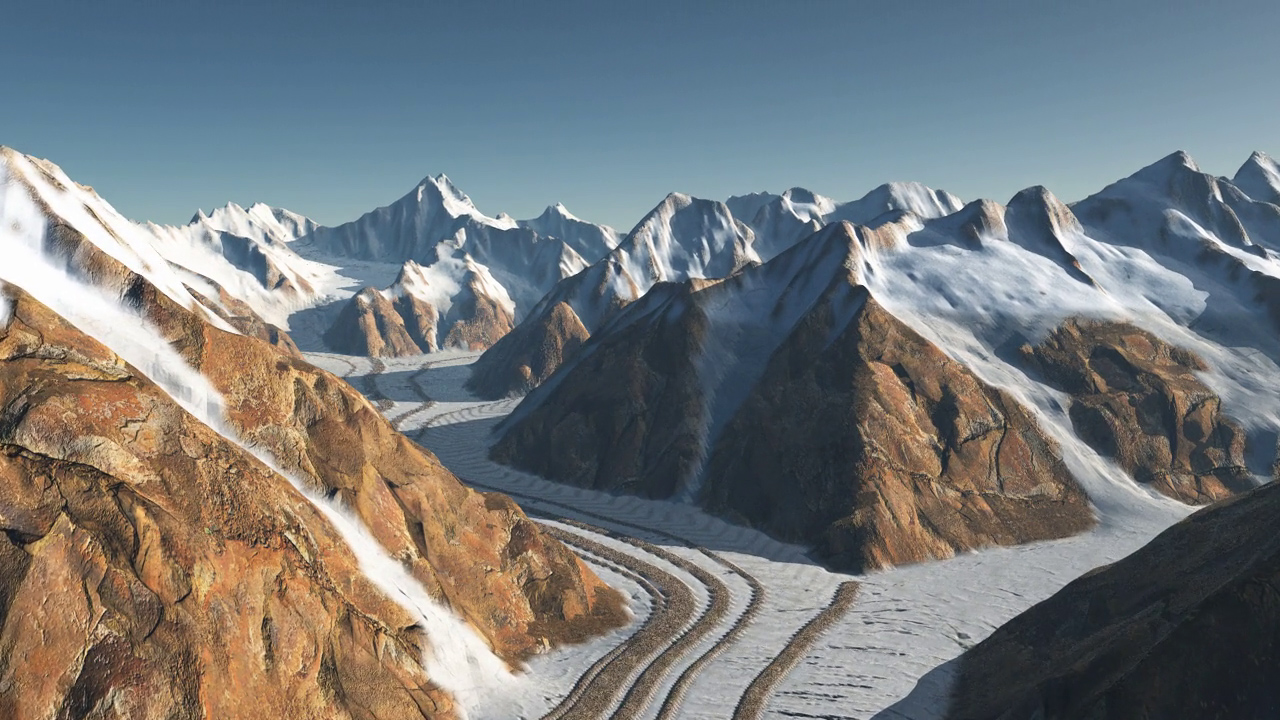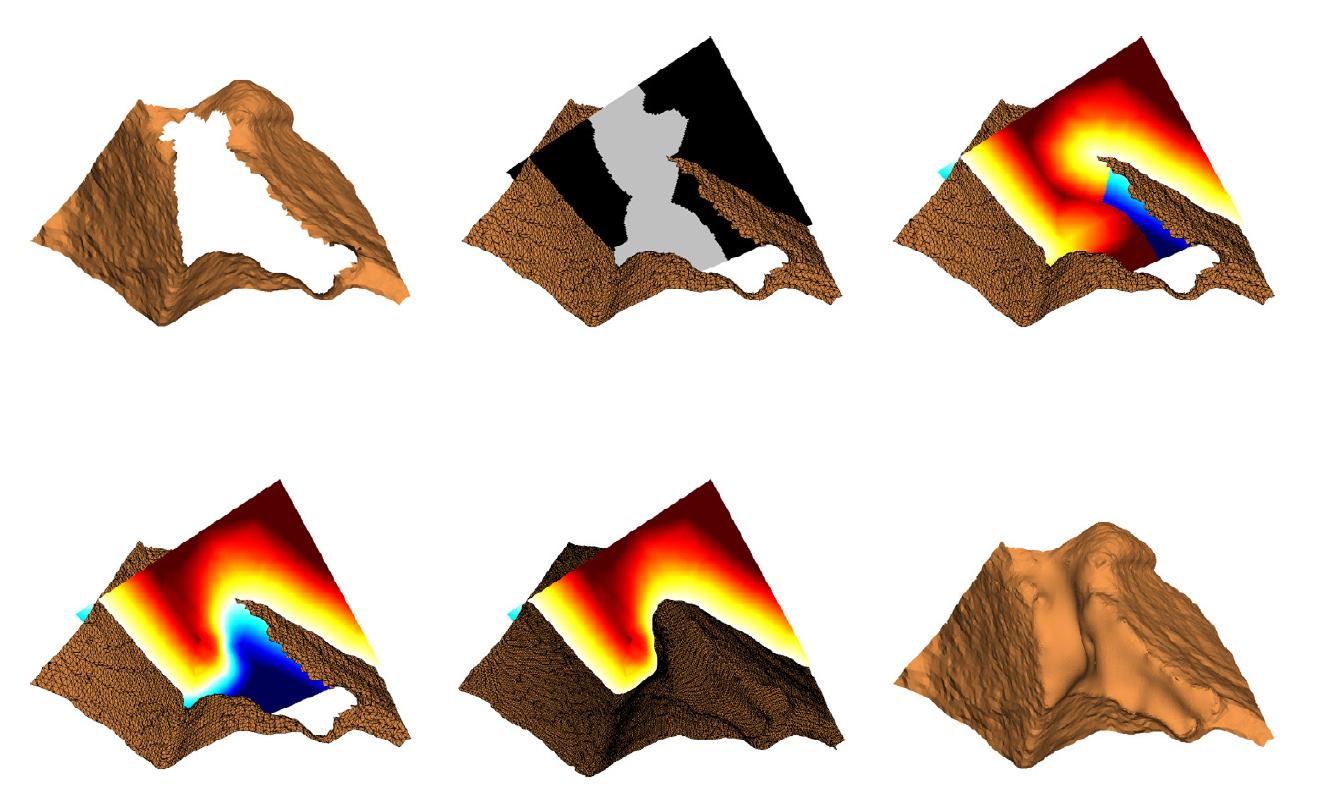
Synthetic landscape generation is an active research area within Computer Graphics. Algorithms for terrain synthesis and ecosystem simulations often rely on simple descriptors such as slope, light accessibility, and drainage area. Typically, the results are assessed from a perceptual standpoint, focusing primarily on visual plausibility. Other fields, such as Geomorphology and Earth Sciences, have already proposed several analytical descriptors to measure various terrain properties. This work aims to bridge the gap between these disciplines and Computer Graphics. We provide a comprehensive review of commonly used terrain metrics that may be relevant for landscape synthesis, analysis, or simulations. Additionally, we compare the approaches used in Computer Graphics to see if these metrics, or similar ones, have already been introduced. Moreover, we report feedback from a preliminary study conducted with a group of artists to evaluate the potential applications of previously unused metrics. By implementing all these metrics, we enable performance comparisons. Together with the provided correlation matrix, this helps identify instances where a simpler and faster metric can serve as a proxy for a more computationally intensive one.
@article{Argudo2025descriptors,
title = {Terrain descriptors for landscape synthesis, analysis and simulation},
author = {Argudo, Oscar and Gu{\'erin}, Eric and Schott, Hugo and Galin, Eric},
journal = {Computer Graphics Forum},
year = {2025},
volume = {n/a},
number = {n/a},
pages = {n/a},
doi = {10.1111/cgf.70080},
}



















